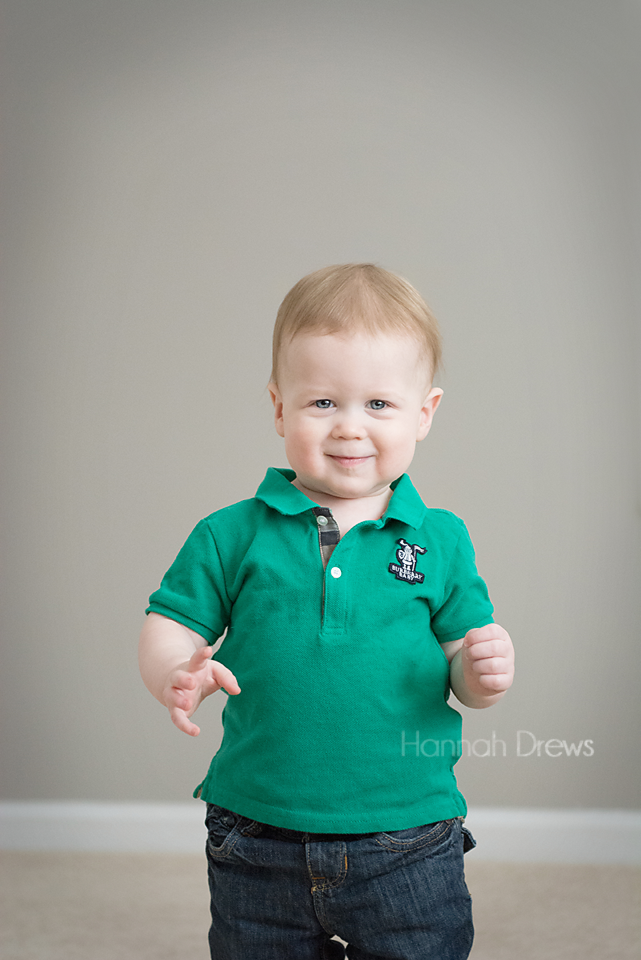In honor of the current below zero temperatures we are enjoying here in Chicago, I thought I would put together my top five tips for shooting in the snow and cold. Grab something warm to drink and settle in for some learning!
1. Prepare Yourself (and Your Clients) for the Cold.
Kind of a given, but it is important to remember to protect any exposed areas to the bitter cold when out on a shoot. Photographers are often putting themselves in strange positions to get the best shot and this may mean kneeling in the snow, climbing through snow piles, or even laying down on a frozen sidewalk. Dress warmly, and an extra pair of socks never hurts.

Fingers are most often exposed since you need those digits to turn dials and press tiny buttons that seem even smaller when wearing gloves. A great alternative are these fingertip-less gloves which only expose two fingertips. When not shooting, you can just flip those little covers back on.
I like to suggest my clients bring along a favorite quilt or blanket to wrap around themselves for cozy shots. Bringing personalized mugs (or Starbucks cups) with hot chocolate can be a cute prop and also keep your clients warm.

2. Care for your Gear
Cameras can withstand severe cold, but your battery may not perform as well as it would on a warm day. If you plan to be out for more than a couple hours, bring a backup (put in in an inside coat pocket to help keep it charged) and make sure you start your session with a fully charged battery.
When you bring your camera indoors, just like your eyeglasses, camera lenses can fog up and condensation can form. To help protect the electronics in your camera, warm it up slowly by leaving it in the camera bag for at least 20 minutes before turning it on again. While outside, you can also place your camera in a plastic bag, bring it indoors, and any condensation that forms with only form on the outside of the bag, and not on the interior of your camera.
3. Ignore your Camera's Exposure Meter (sort of)
One of the biggest issues when shooting in the snow is ending up with dull, gray images. This is due to the camera's tendency to assume that adding all the tones in an image will produce an average color of gray. Most of the time this works pretty well, but when out in a white snow-covered landscape, the average color is white, NOT gray. Alas, your camera is not smart enough to know this so you have to do a little manual adjustments. The easiest way to combat this is to "overexpose" your image +1 or +2 stops. Your snow may lose a little detail, but your subject will be properly exposed and the snow will look white, not dull.
The top image is exposed according to my camera's light meter set to 0. The image on the bottom is "overexposed" +2 stops. Besides the watermark, there were no edits. Exposure made all the difference!
4. Look for the Contrast
Another big issue when shooting in a vast field of white snow is that you will have trouble getting your camera to focus. To combat this problem, find something that contrasts with the snow such as your clients, a tree, a dead leaf, whatever. If I am shooting far from my client and they are surrounded by snow, I find myself focusing first on them and then recomposing the shot while holding the focus. Posing your clients by a large tree or along a shoveled path are also ways to create contrast and give your camera something to focus on.
5. Move Somewhere Warmer!
Kidding, but I am looking forward to my impeccably timed trip to Miami this weekend. I'll try to send Chicago some warm thought as I relax and dip my feet into a pool :-)



























